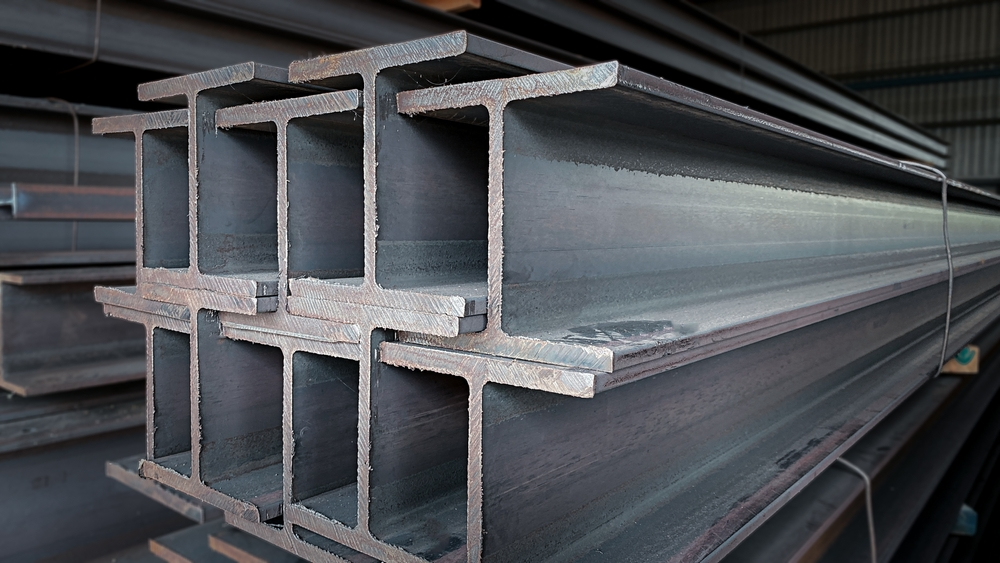
The Global Steel H Beam Market Is Showing Strong Performance in 2025, Supported by Continued Expansion in the Construction, Infrastructure, And Industrial Manufacturing Sectors. As Nations Invest Heavily in Urban Development and Sustainable Building Solutions, The Demand for High-Strength Structural Steel — Especially H Beams — Continues to Climb.
What Is a Steel H Beam?
The H Beam, Named for Its Distinctive “h” Shape, Is a Widely Used Structural Steel Profile Known for Its Excellent Load-Bearing Capacity, Wide Flanges, And High Resistance to Bending. Compared with Traditional I-Beams, H Beams Have Thicker Flanges and a Larger Cross-Sectional Area, Providing Greater Structural Stability in Large-Scale Construction.
They Are Essential Components In:
High-Rise Buildings and Bridges
Industrial Plants and Warehouses
Shipbuilding and Offshore Platforms
Heavy Machinery Frames
Market Overview and Growth Trends
Industry Analysts Report That the Global H Beam Steel Market Is Expected to Maintain a Steady Cagr of Around 4–6% Between 2025 and 2030. Growth Is Fueled By:
Infrastructure Investment Programs in Asia-Pacific and the Middle East
Urban Redevelopment Projects Across Europe and North America
Rising Demand for Prefabricated Steel Structures and Modular Construction Systems
In Particular, China, India, And Southeast Asia Continue to Dominate Production and Consumption Due to Large-Scale Construction Activities, While the United States and Europe Focus on High-Performance and Sustainable Steel Beam Technologies.
Technological Innovation and Sustainability
Modern H Beam Manufacturing Is Evolving Rapidly. Leading Steel Producers Are Investing In:
Automated Hot-Rolling Mills for Consistent Quality
Green Steel Production Using Hydrogen-Based or Electric Arc Furnaces
Precision Cutting and Welding Technologies for Custom Beam Fabrication
Moreover, Lightweight and Corrosion-Resistant H Beams Made from Advanced Alloys Are Gaining Popularity in Offshore and High-Humidity Environments.
Price and Market Outlook
Steel H Beam Prices Have Remained Relatively Stable Through 2025, Following Fluctuations in Raw Material Costs and Global Steel Output. Supply Chains Are Improving as Shipping Routes Normalize and Production Capacities Expand in Key Markets.
Analysts Predict a Positive Outlook Through 2030, Supported by Sustained Infrastructure Demand and the Global Shift Toward Low-Carbon Construction Materials.
Navigation
Send Us A Message
Get in touch with us
Phone

